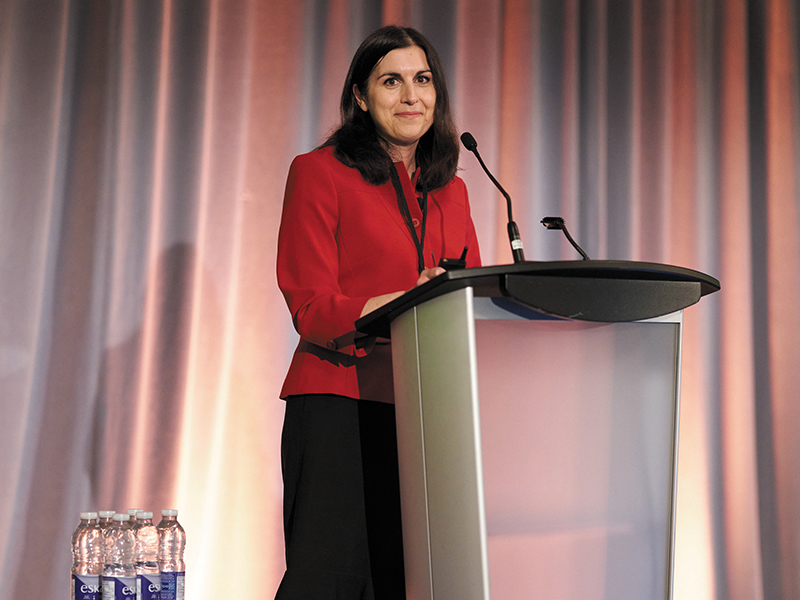
When it comes to educating women about retirement and their finances, the needle hasn’t moved enough in the past few decades because the language being used by the industry isn’t connecting to what’s really going on, said Jenine Garrelick, senior managing director at MFS Fund Distributors Inc., during a session at Benefits Canada‘s 2022 DC Plan Summit.
“Most women, when they’re looking at their finances, want to know what money can do for their lives. They want to know how it affects their family. If they have to put their parents in a nursing home, can they afford it? Can they afford their kids’ schooling? Can they afford retirement? That’s the language that most people want when it comes to finances and we just weren’t talking about those life events.”
Read: How can pension plan sponsors help women hit their retirement readiness stride?
Many of these life events were highlighted during the coronavirus pandemic, which disproportionately affected women because they tend to be caregivers, said Garrelick, noting many women have been trying to juggle work, caring for their kids at home and looking after their elderly parents. “We’re trying our best while also juggling our careers, our education, so there are a lot of different things that are pulling at different generations today.”
In addition, with more women working today than in previous generations, having a family has been pushed further down the list of priorities. Also speaking during the session, Nadia Savva (pictured), director of insurance platforms and subadvisory at MFS Investment Management, referred to a 2018 New York Times article that noted the so-called 10-year baby window is key to the gender pay gap.
“The age is 25 to 35 for your peak fertility years, so there’s a real trade-off for women and . . . a real cost to parenthood that people don’t think about.”
She highlighted three women who joined the same employer in the same position at age 22 with the same defined contribution pension plan, contributions, investment lineups and rates of return. The first didn’t take any breaks in her working life, while the second took seven years off and the third never returned to work after she had children, so she was contributing to a pension plan for just 10 years. These examples demonstrate how big differences in employment breaks translate into a significant gap in retirement income, she noted.
Read: Women more worried about financial security in retirement than men: survey
“What is really compelling here is the delta between the person who never left versus the person who leaves and comes back to the same role, same position, same salary — there is a significant difference in the changes to retirement income,” said Savva.
“This is a linear example and, while we can try to plan beforehand for events, we definitely want to encourage participants when they come back to do that scenario analysis. We can’t exactly guarantee they’re going to get a six per cent return for the next 20 years, but we can look at their contribution rates [and] hopefully see if there’s going to be career advancement to get that gap lowered.
“The call to action has to happen as soon as they can make it happen. And that’s why we need to have those tools and that advice to help them with the decision.”
